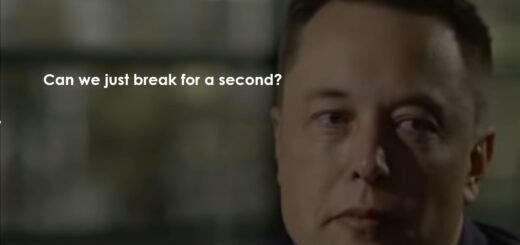What is your Core Change Process Theme?

This article is part 3 of a 3-part series on the process of change
Part 1: The consistency of change
Part 2: Finding your change pattern
Part 3: Taking the red pill
Morpheus: “You take the blue pill, the story ends, you wake up in your bed and believe whatever you want to believe. You take the red pill, you stay in wonderland, and I show you how deep the rabbit hole goes.”
–The Matrix
In the previous post, I described a new Change Pattern model, with it’s four archetypes: Learner, Actor, Reactor, and Reflector. I also demonstrated how, especially during significant transformational moments in life, we tend to be very consistent in using only one of the four patterns.
In this post, we will take the red pill and go even deeper into the change process’s rabbit hole to find out what is our unique Core Change Process Theme in life.
It was the beginning of the covid-19 lockdowns when I started interviewing executives on their transformational moments in life. As I was conducting the interviews from my home office through Skype and Zoom, I hoped to find a list of themes that would group all the stories into a limited set of superordinate headlines. Yet, as I listened to these life stories, it became evident that it would be an impossible task. The themes coming out of these life stories were too diverse, and the various domains of life and work were too broad. Yet, as I looked closer into the interview transcripts, I started seeing glimpses of something new.
What I was beginning to see were not superficial themes such as “getting fired from work”, “finding a new job”, “conflict with spouse,” or “health issue”. This was something deeper, much deeper. As opposed to the themes I was looking for initially, i.e., common themes across multiple participants. What I was discovering was a distinct underlying theme that each participant held that was unique to them, their own special Core Change Process Theme (or CCPT for short).
Core Change Process Themes
CCPTs are a unique person-specific themes, just like fingerprints, that are consistent throughout the participant’s life changes. These core themes can only be observed when listening attentively to the participant’s narrative and picking up subtle beliefs, values, and underlying feelings across multiple change processes.
As an example, Keira, 55, who is working for an international Financial institute, shared a change process of (1) being fired unexpectedly, (2) having a conflict during her studies, and (3) experiencing a rupture with her son. These change processes are obviously very different, containing various themes from a wide array of domains. However, when I listened to them attentively during the interview, I had a subtle feeling that they were all connected to a single common theme of “Rejection” (see figure 1).
After concluding the first part of the interview, I shared this subtle common theme with Keira. To my surprise, she gasped and cried: “OMG! Yes! I’ve never picked that up!” at which point she burst into tears. When I gently probed deeper, it turned out that she had a devastating conflict with her father many years ago that led her to feel rejected throughout her life. Yet, only after gaining awareness of her CCPT was she able to connect the dots and make a deeper connection with her father and family.
Figure 1: Keira’s Rejection CCPT across very diverse themes of change
Another such example is Anna, 48 years old, working in Marketing. Anna shared four transformational moments in her life: (1) Quitting her job, (2) being detained in jail, (3) near-death experience during a diving accident, and (4) the death of her baby niece. Similar to Keira, Anna’s transformational moments were very diverse. However, she had a single CCPT concerning Loss of Control and Freedom (see figure 2) , which is her dominant value and driver in life, as we can see from the following excerpt from our interview:
(1) When Anna shared the story of quitting her job, she vividly remembered one compelling moment:
“and that moment, I will never forget that… I walked through the city and felt I could just do whatever I want… I felt free as a bird. I was flying, released”
(2) Anna’s second transformational moment was being detained in jail; she shared:
“I felt like I… they were able to take away your freedom… they can take away everything from you there.”
(3) When talking about her diving accident, she shared:
“I thought ‘he is keeping me down and I’m going to drown here. He’s holding me back’. And that holding back… not being in control was the transformational moment, the method for my own transformation.”
(4) When sharing her experience of loss, Anna tied these two core values together:
“I think…that for me, being in control means to be free” .
Figure 2: Anna’s CCPT across diverse themes of change
Change is the only constant
In this Article I have demonstrated two new change models: The Change Patterns model with its four Archetypes: Learner, Actor, Reactor and Reflector; and the Core Change Process Theme.
These models ascertain that while Heraclitus’ words still hold true, when we look deeper into the change process, we can also find that not only is change the only constant, but also that change is very consistent. As we become more and more conscious of our Change Patterns and our unique Core Change Process Theme, we may gain more awareness and capacity to choose the way we act, feel and even change.
Perhaps it’s time that we take a step inwards and forwards and change the way we look at change…
This post originally appeared here









